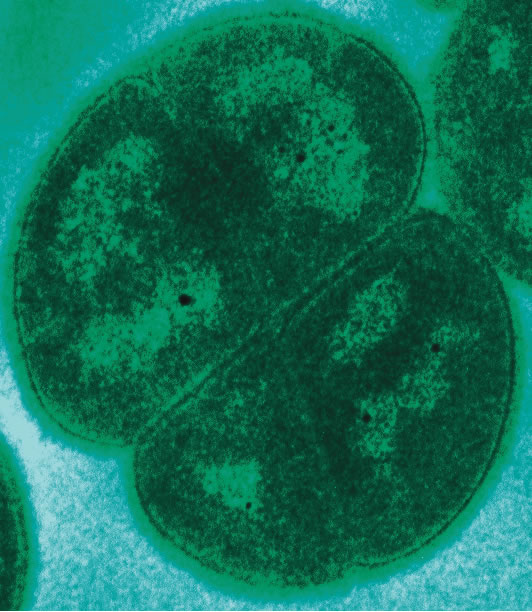Researchers have discovered that green tree frogs in the Chernobyl Exclusion Zone have turned dark in order to better mitigate the effects of radiation.
In April of 1986, a reactor at the Chernobyl nuclear power plant in Ukraine exploded, releasing approximately 100 times the energy released by the nuclear bombs of Hiroshima and Nagasaki and drastically altering the lives of both humans and wildlife in the surrounding area. But while authorities were able to evacuate most civilians from the area closest to the nuclear disaster, the animals were left to their own devices. In the decades since, the Chernobyl Exclusion Zone has become a wildlife refuge that offers a unique view into the evolution triggered by the nuclear meltdown.










